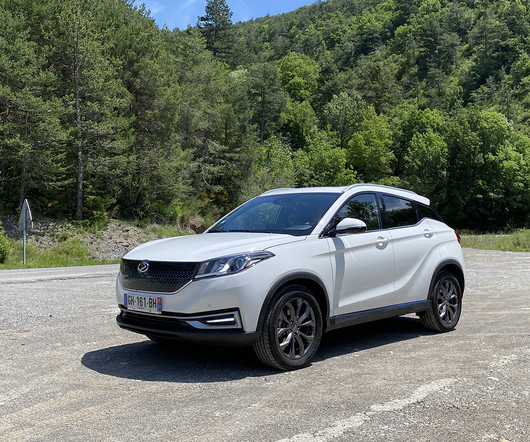Roskill: Green magnesium moving to commercial reality; China’s dominance under threat?
Green Car Congress
AUGUST 31, 2020
There would probably not be any production in Israel if the Dead Sea were not already being exploited for other commodities. Electrolytic processing is comparatively clean but usually expensive. Today, well above 80% of the world’s magnesium comes from China. Most production in China uses thermal processing: the Pidgeon process.











Let's personalize your content